Champions Martial Arts occupies a storefront on Myrtle Ave in Clinton Hill, Brooklyn. It opened in 2016 replacing a store that sold African crafts but kept the large glass windows that used to display the store’s goods. It’s a tiny space, the size of a typical bodega, that somehow manages to be a large presence on the block. Mostly this is because parents always wait outside for their kids. They press against the glass and watch their kids kick, jump, and roll around on the matted floor. I walked by here once when there must have been some sort of tournament or ceremony going on and there were three rows of parents cheering and clapping for kids through the glass. It was a beautiful day and the joy was palpable.
I think about Champion often as I walk around New York and see shuttered storefront after shuttered storefront. By many accounts, we are in a “retail apocalypse,” a spiral of closing stores that started around 2010 with the spread of smartphones, reliable internet, and Amazon, and accelerated during COVID when physically going to the store was impossible for long periods. The effects on local city economies have been devastating. One troubling nuance in the city’s pandemic recovery is although we have regained the total number of jobs lost during COVID, relatively well-paying retail jobs disappeared while jobs in delivery and gig work exploded. The person who may have been working at Footlocker for $22 an hour is now working in an Amazon warehouse for minimum wage. Closed stores are also obviously a drag on municipal budgets which are (some would say overly) reliant on commercial taxes to fund services.
The other big impact of this is physical. For better or worse, something is triggering about seeing a shuttered storefront. “There’s no money being spent here! Things must be bad!” The boarded-up shop is one of the poster children for urban struggle. If the ground floor seems dead, then the city seems dead. The Times recently wrote
These scenes have such an effect on us… because the vast majority of our interaction with architecture and buildings happens at the ground floor. It’s where we form our sense that a street is safe and vibrant, or that something doesn’t feel right.
So let’s bring the stores back! Save the stores!
The truth is, for much of my life it has felt like stores were getting worse. There is an oppressive sameness to urban retail. There is also the unsettling feeling in every new urban development that someone somewhere is really trying to get me to spend money. I see the same few stores everywhere and eventually, I go in. Now even the subway ads move and light up on their impossibly bright LED screens. Don Mitchell once wrote that the thrust of urban development since the 1980s has been to make cities “safe for capital and new urbanites.”
I was reminded of these words when I walked through Battersea Power Station in London. The iconic structure that graces Pink Floyd albums, and Children of Men is now nothing more than a mall.
I can go to the same stores in Battersea as I can in Hudson Yards, the only difference is some industrial dressing scattered around Battersea to let me know this used to be a place that did something. Hudson Yards essentially debuted to the public as a mall. The Westfield “vertical shopping experience” was the first public amenity in the development to come online (by the way, the Nieman Marcus department store which partially anchored the space has already gone out of business). Don’t ask me how, but I ended up there on opening night. Here are the only photos I took.
In my brief life as a consultant, we would come across aggregated “taste profiles” produced by overpaid retail consultants which were used to plan the stores of a given development. You might swap out a Boots for a CVS here and there but largely it didn’t matter if I was working on a project in Saudi Arabia, London, or San Fransisco — Apple Store, Starbucks, McDonald’s. Rinse and repeat.
If you pay attention you start to see how locked in development is to this kind of model, a model which, to be fair, made a shit ton of money for a long time. Next time you see a new building about to open, look at the ground floor and see how big the retail spaces are. These are designed to hold a “credit-worthy tenant,” basically a stable anchor business that can pay the developer reliable rent. The profit model assumes being able to attract one or more of these, a CVS or Chipotle, and developers build large-footprint retail spaces on the ground floors of their projects to entice them. Small businesses are unable to afford, let alone physically operate many of the retail spaces that are now built standard.
Many retail-heavy neighborhoods have been organized into Business Improvement Districts (BIDs) like the Times Square Alliance, or Downtown Brooklyn Partnership. These organizations collect money from retailers and property owners to collect trash, add extra security, and in some cases build entire public plazas and seating areas to entice foot traffic. BIDs started in 1970s New York when the city was bankrupt, and the model has been exported to other cities with shrinking municipal budgets that are all too happy to turn over some responsibilities to these organizations. The US now has the most retail space per capita of any country in the world. We’ve ended up building new city spaces for a very specific type of business to fuel a very generic type of consumption, and we have partially staked the quality of our public spaces and city services on their success.
The retail apocalypse shows this model is now broken, and encouraging people to buy in person won’t resurrect it. I proudly don’t have a Prime account. I like going to stores (even big chain stores) because I like getting out of the house. The case for spending locally vs online as a driver of regional prosperity is bulletproof. Local purchasing pays local wages and contributes to local taxes which fund local service. Despite this, I don’t see the retail trends reversing anytime soon. As my own financial situation has fluctuated over the years I’m aware that most people don’t have the luxury of saying, “how can I best stimulate the regional economy today?” They wonder how they can get what they need/want at the lowest cost to them and their family. So if the trend away from physical, and especially big-box retail continues then what are we to do?
One small improvement is to simply re-calibrate the retail mix towards uniqueness and a sense of place. If going to Best Buy doesn’t feel all that special anymore then maybe a local business will. I am devoted to my local frame shop because the woman who runs it does excellent work, tells me funny stories while I wait, and has art from neighborhood artists on her walls (shoutout Clinton Hill Simply Art). It’s not exactly Framebridge prices but it’s not far off either. A developer I worked with in London who operated a struggling retail development recently agreed in principle to divide the ground-floor retail on a newer development into smaller lots to attract smaller businesses.
But the bigger win is a shift away from the idea that urban vitality relies on stores. It will be difficult to do this in a system where most improvements to the cityscape are paid for by the private sector, but a modest step in the right direction is more Champion Martial Arts. There is a giant category of uses beyond “store,” and amazing things happen when you move them into ground-floor retail spaces. The obvious ones are restaurants and other F+B businesses, which are useful, and pleasurable, and contribute their bustle and vibrance to the street. But food too is being “disrupted” by many of the same forces impacting retail, and I think that Champion shows we can think even bigger about what belongs in the shop window. Art studios, daycares, classrooms, gyms, and even manufacturing, could all benefit from the power of seeing and being seen by the passing city. I remember East Village Radio which occupied a storefront on 1st Ave and where you could occasionally see Mark Ronson DJing and pop your head in the door for a chat (I never had the courage to do this). You might rightfully point out that EVR went out of business, but I would retort that a free internet radio station probably lasted over a decade because it was on the street (and funded partially by nearby Lil Frankies, a successful restaurant with a bustling terrace).
The artist Steve ESPO maintained a storefront studio and shop for many years on Fourth Ave in Brooklyn which was open to drop-ins.
In Williamsburg, the Giglio Boys, the Italian-American society that puts on the yearly Giglio Lift, has their social club in a storefront and garage. Their space isn’t exactly open to the public, but it’s fun to have around, and it does get bustling around the time of the lift.
We should be inviting a greater diversity of uses at street level, and we should stop making development synonymous with stores. Cities could incentivize or require developers to subdivide their 10,000sqf ground-floor retail spaces into lots that diverse businesses might stand a chance of inhabiting. They could relax zoning rules to allow a greater diversity of people and companies to occupy storefronts. I know that paying for classes, art, and gym memberships is still a form of consumption, but these types of businesses arguably contribute more to neighborhoods and street life than the same 20 big store brands, and you can’t really order a martial arts education online anyway.
There will always be a robust amount of free content on Street Stack, but if you’d like to support the considerable time it takes to write these posts, an upgrade to paid would be much appreciated!

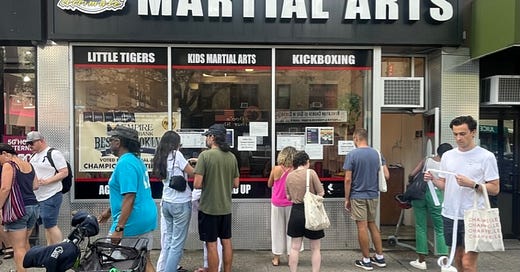



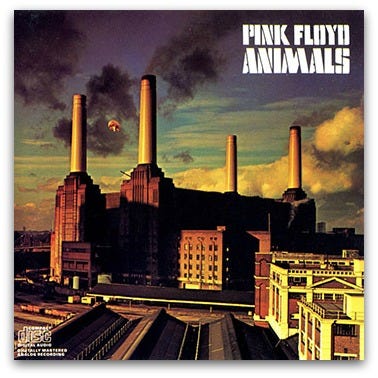
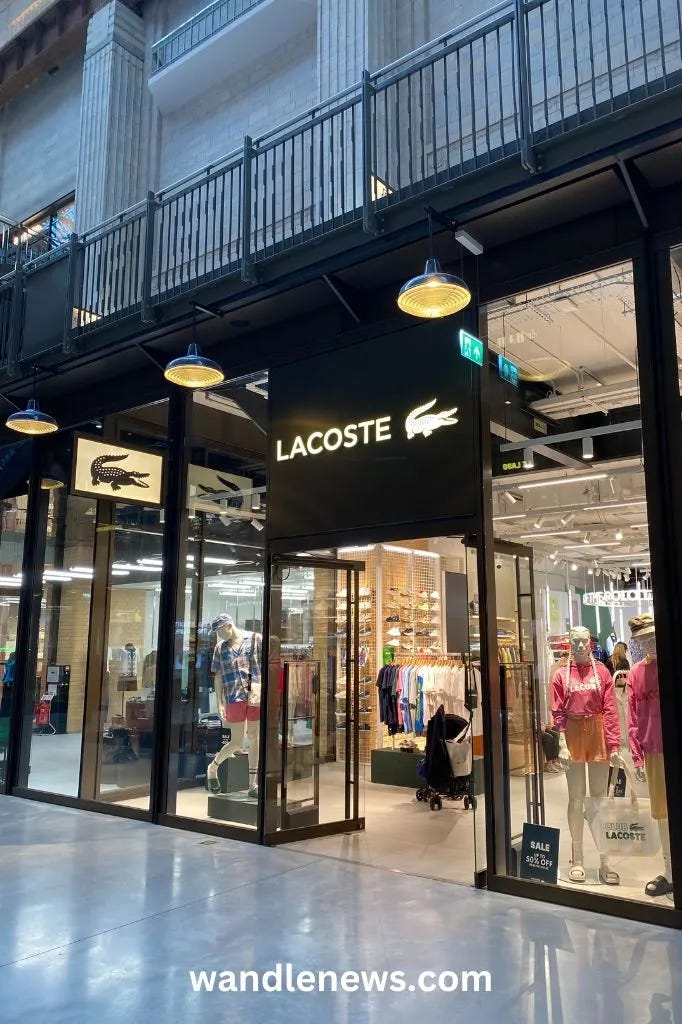

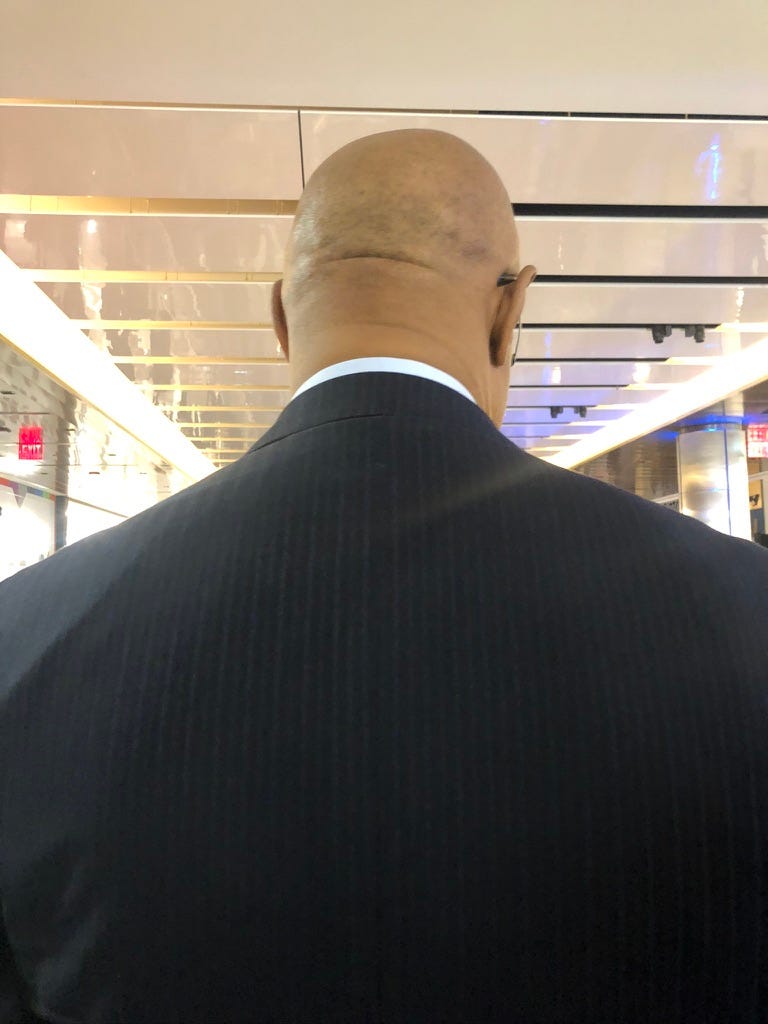


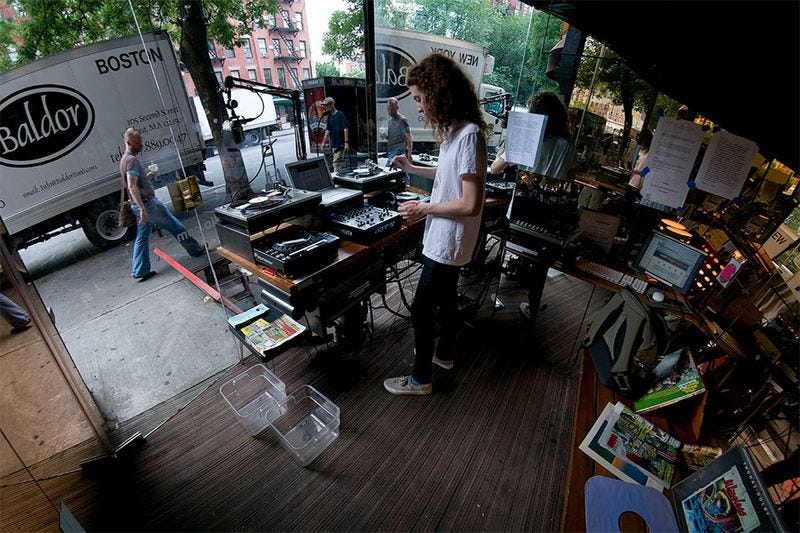
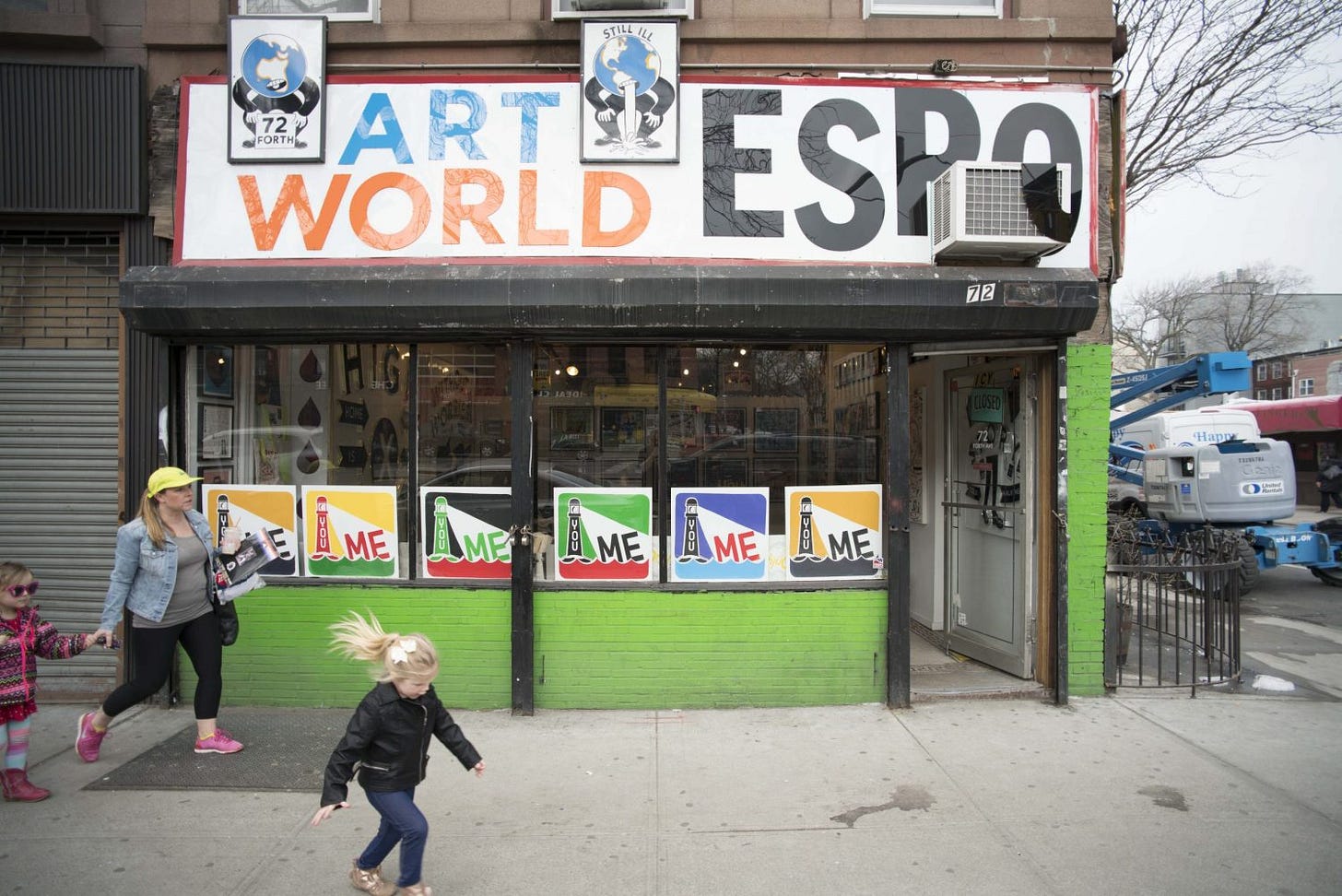

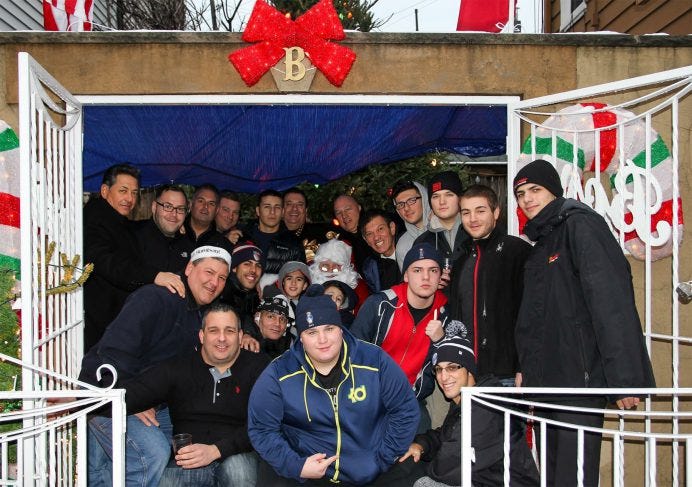
So well written, I think there is also a case here to think about what ground floor retail spaces could look like in a more degrowth economy... public bathrooms, book/clothing swaps, makerspaces etc.
Born and bred Londoner and I used to listen to Cassie and Harley's EVR show every week.